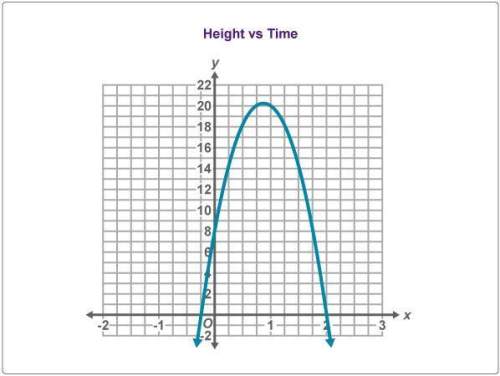
Mathematics, 06.05.2020 00:27 jobrains3220
Probabilistic models are often used to describe the processes that generate data. Necessarily, the models are simplifications of reality. Good modeling is a balance between reducing complexity and retaining the crucial features of the phenomenon being studied."Measure twice, cut once" is a proverb that arises from the experience that repeated measurements lead to more accurate results. The Gauss model for measurement error is a set of assumptions about repeated measurements made using sophisticated measuring devices such as those that use lasers to measure distance. In essence, the model says that each measuremement is the true value plus a random error, and specifies some assumptions about the errors. Let 1,2,3,…X1,X2,X3,… be repeated measurements on the same quantity. The Gauss model says that the quantity has a true value that is an unknown constant μ, and the ith measurement is = +Xi = μ+ϵiwhere 1,2,3…ϵ1,ϵ2,ϵ3… are i. i.d. random errors with expectation 0. It's traditional in statistics to use the Greek letter ϵ to represent a random error. You can think of the observation Xi as the sum of the signal μ and the noise ϵi. Your job as a data scientist is to extract the signal from this sum. Suppose that measurements on a distance μ meters follow the Gauss model and that the distribution of each ϵi is uniform on the interval (−5,5)(−5,5) centimeters. a) What is the chance that a single measurement is strictly within 1 centimeter of the true distance μ meters?b) Approximately what is the chance that the average of 100 measurements is strictly within 1 centimeter of the true distance μ meters?

Answers: 1


Another question on Mathematics

Mathematics, 21.06.2019 21:10
See attachment below and find the equivalent of tan(∠qsr)
Answers: 3

Mathematics, 21.06.2019 22:30
Gabrielle's age is two times mikhail's age. the sum of their ages is 84. what is mikhail's age?
Answers: 2

Mathematics, 21.06.2019 22:30
Question 3(multiple choice worth 1 points) use the arc length formula and the given information to find r. s = 16 cm, θ = 48°; r = ? sixty divided by pi cm thirty divided by pi cm one third cm one hundred twenty divided by pi cm
Answers: 1

Mathematics, 21.06.2019 23:30
I'm a polygon i have no parallel lines i am formed 3 line segments i have one right angle two of my angles are angles what am i
Answers: 1
You know the right answer?
Probabilistic models are often used to describe the processes that generate data. Necessarily, the m...
Questions

Mathematics, 08.04.2021 01:40


Mathematics, 08.04.2021 01:40


Mathematics, 08.04.2021 01:40

Mathematics, 08.04.2021 01:40



Mathematics, 08.04.2021 01:40

Social Studies, 08.04.2021 01:40


History, 08.04.2021 01:40

Biology, 08.04.2021 01:40



Computers and Technology, 08.04.2021 01:40



History, 08.04.2021 01:40

Chemistry, 08.04.2021 01:40




